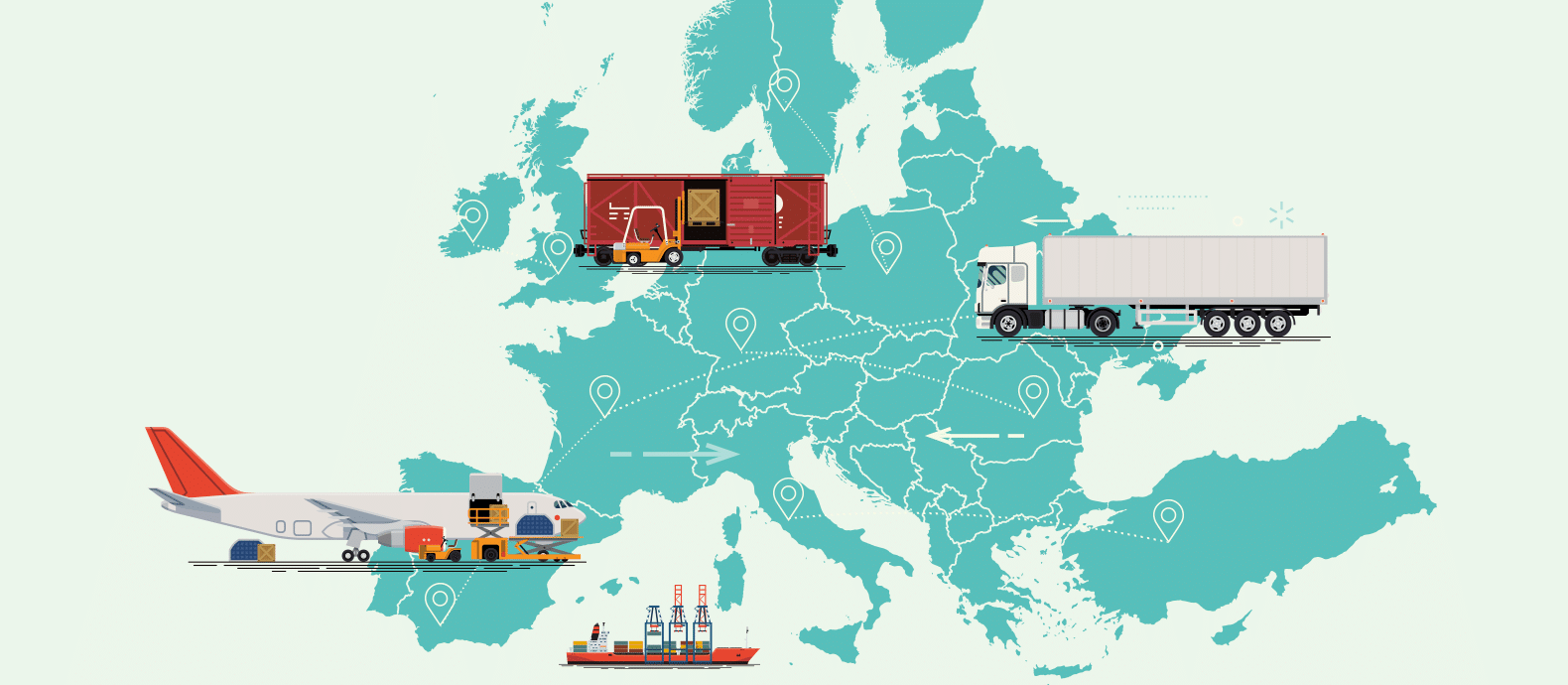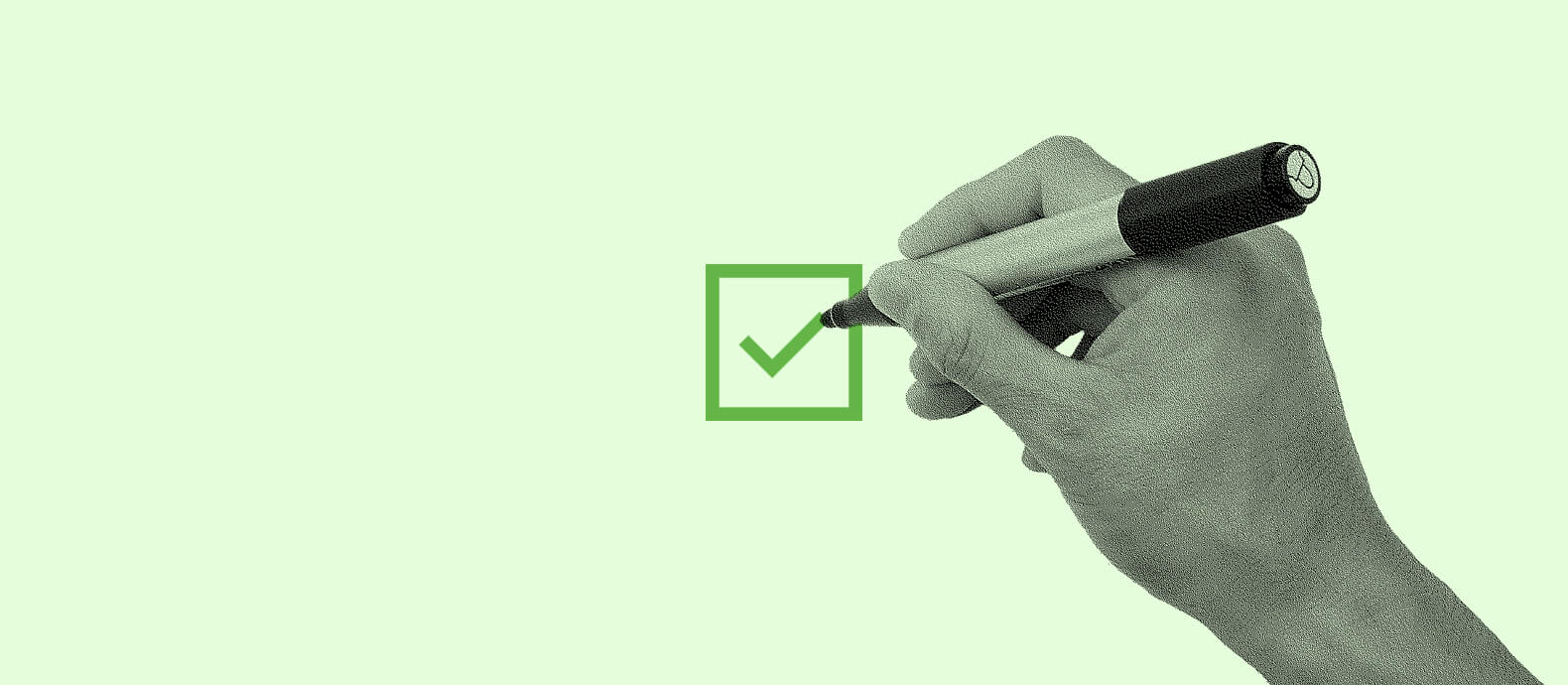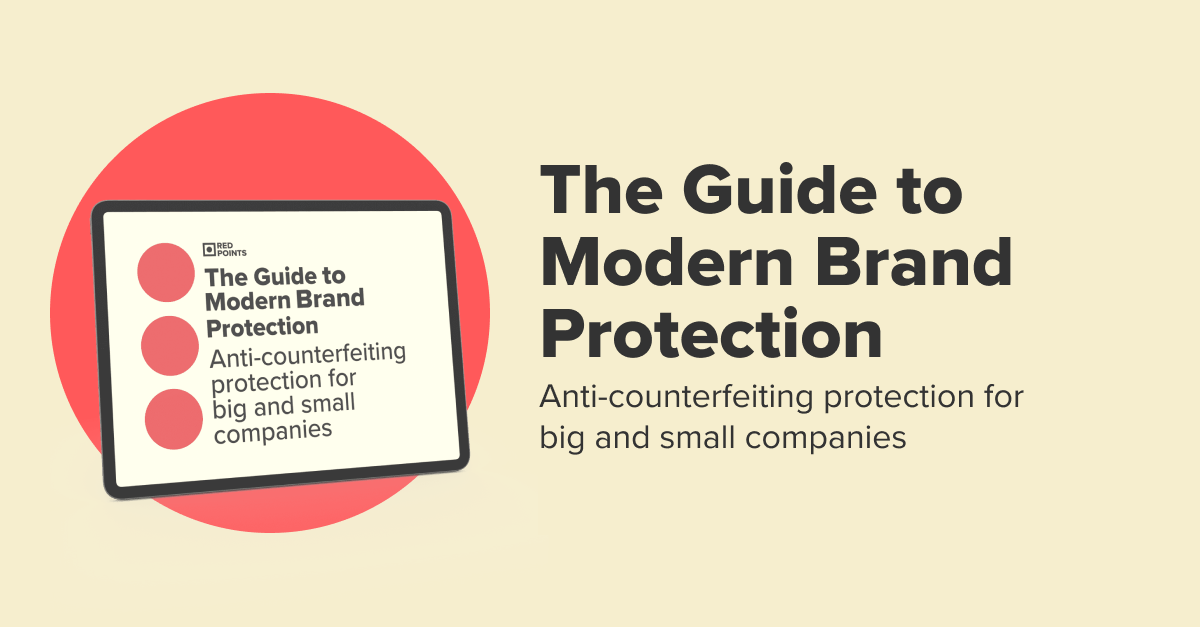Counterfeiters are now using every tool and opportunity they can find to sell fake goods through social media, online marketplaces, and e-commerce websites.
After the COVID outbreak, protecting brand identity and customers has become more important than ever as people have started to rely more heavily on online platforms to purchase products.
But how do you build a top-notch brand protection plan that is guaranteed to secure your company and prevent brand abuse? We ask the experts from four big brands.
Our panelists include:
- Jayme Smaldone, the founder, and CEO of Mighty Mug
- James A Larson, Deputy General Counsel – IP at Purple
- John Carriero, Senior Director, Brand Protection Legal, Under Armour
- Atika Prasad, Global IP Enforcement Manager at Wahl Clipper
Let’s take a look at the top five takeaways from our discussion with them to get insights about effective brand protection:
Takeaway#1: Get your products patented where most of your knockoffs originate
In an ideal world, you would get a patent for your products in every country in the world to protect your brand. But the reality is that patenting products according to the different IP laws of different countries is an extremely expensive and time-consuming affair.
That is why Jayme Smaldone of Mighty Mug, suggests you start by getting patents in the country where most of your knockoffs originate.
When Mighty Mug realised most of their knockoffs originated from Mainland China, obtaining patents in that region became a key part of their strategy. By getting a patent in China, they were able to effectively shut down the production of their counterfeit products and stop the goods from even being manufactured or exported.
The company has also been actively skimming through fake listings online to stay on top of things. In the past three years, Red Points has helped Mighty Mug keep track of everything by using the brand intelligence platform to remove close to 7,000 listings.
Takeaway #2: Go after the knock offs as soon as you see them
James A Larson from Purple recommends taking a proactive approach and removing fake listings as soon as they show up online. The more you wait, the more chances you give the bad actors to make money off of your idea. And the more money they make, the more financial fuel they will have to battle with you when you do end up taking legal action against them.
Larson points out that not taking any action against counterfeit products can also cause serious damage to the brand’s reputation. In the case of Purple, they have had customers unknowingly purchase counterfeit mattresses and other products of the company and when those products obviously don’t follow through on the expectations, the customers contact the company for a warranty claim. This leaves the brand in a weird situation where they have to clean up a counterfeiter’s mess, with absolutely no reward or profit.
But that might also be the only way to make disgruntled customers stay. According to a report, every one in five customers ends up boycotting the brand after a mistaken counterfeit purchase.
Takeaway #3: Take a holistic approach to brand protection
Larson also recommends taking a holistic approach to brand protection and covering everything that falls under the umbrella. He pointed out something very important which is often missed by businesses — While patents are restricted to a specific territory or region, copyright protection stays valid in over a hundred countries because of the Berne Convention. If you pigeonhole yourself into a single piece of IP, you are only doing yourself a disservice.
Instead, you can copyright your brand aesthetics, product images, and even brand colours to make sure counterfeiters cannot use your brand’s visual identity in any way.
Purple, for instance, has filed for trademarks, trade dresses, and design patents for their products. Apart from patenting the purple gel color that they use in their mattresses, they have also copyrighted their product designs which has been quite effective in policing their brand and taking down fake listings.
In fact, it was due to copyright protection that when a website based in India copied a number of product images from Purple’s own website, the company was able to quickly get the pictures removed with the help of their legal counsel. While Purple did not have patent protection in India, they did have copyright protection and that’s what ended up helping them.
Takeaway #4: Eliminate the entire counterfeit supply chain
There are now so many online marketplaces for counterfeits that it’s easy to get lost in the rabbit hole. With new pages popping up on social media every day, tracking counterfeit goods across multiple platforms has become nothing less than a game of whack-a-mole.
According to John Carriero from Under Armour, even if you do end up taking down most fake listings just as they show up, the counterfeit products still remain.
And because of that, the listings will eventually pop up somewhere else. The counterfeiters will go to another platform or another website until the counterfeit products they have in stock get successfully sold.
As a result, it is essential to move online operations to offline eventually in order to find and target the entire counterfeit supply chain, from distributors to factories producing those products.
Takeaway #5: Ignore the small counterfeiters and go after the big fish
If you have a considerably large company and you keep seeing new counterfeits cropping up almost every day, it might be more effective and time-saving to ignore small counterfeiters and instead go after the big fish. Atika Prasad from Wahl Clippers recommends going after large-scale importers, exporters, warehouse owners, and manufacturers.
Wahl Clippers has been around for more than 100 years and it sells in 165 countries. As a result, going after every listing that tries to sell counterfeits of the company’s patented products was just not possible or practical in any way.
That is why Wahl Clippers adopted a new brand protection strategy that focused on the big-scale counterfeit operations and ignored the smaller distributors that existed one day and shut down the next.
Prasad pointed out that during one of their manual searches through eBay listings which were selling counterfeit Wahl products, they found something rather interesting. While the sellers were all different, they were shipping products from the exact same place. So, instead of taking down listings one at a time, they identified the factory that was producing, distributing, and shipping counterfeit products, and got legal counsel to shut it down.
Bonus Tip: There is no one size fits all solution
When it comes to brand protection, it’s important to remember that there is no one-size-fits all solution. Every matter should be taken up on a case-to-case basis to factor in all the unique facets that the cases bring with them. You can monitor that extensive data online with Red Points’ brand protection solution and then filter out the cases that need offline action too.







